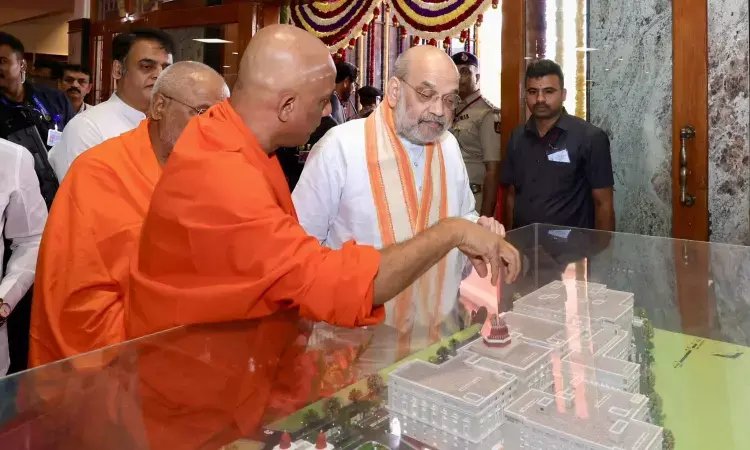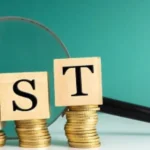Union Home Minister Amit Shah announced that India’s medical education infrastructure has more than doubled in the last decade. With 1.18 lakh MBBS and 74,000 postgraduate doctors graduating annually, the country is heading toward stronger healthcare self-reliance.
India’s Medical Education Sees Massive Growth Over 10 Years

Image source:-medicaldialogues.in
Medical Infrastructure Expansion
In a major milestone for India’s healthcare sector, Union Home Minister Amit Shah revealed that India’s medical education capacity has more than doubled in the past decade. This growth includes 1.18 lakh MBBS and 74,000 postgraduate (PG) medical graduates annually, a steep rise from previous figures.
The announcement highlights the government’s focused push to strengthen healthcare accessibility and self-sufficiency, especially in rural and semi-urban regions.
Boosting Medical Institutions Nationwide
According to Shah, India had only 387 medical colleges in 2014. This number has now surged to 706 medical colleges, reflecting strategic investment and reforms in medical education. The move aims to bridge the doctor-patient ratio gap and empower states with critical health infrastructure.
He emphasized that public-private partnerships and regulatory reforms have played a key role in enabling this transformation, especially under schemes like Ayushman Bharat and PMSSY.
Implications for Rural Healthcare
A significant portion of the increased capacity is being directed to under-served regions. New colleges and postgraduate programs aim to ensure that no Indian village or district remains medically underserved.
This expansion not only improves healthcare delivery but also opens opportunities for aspiring medical professionals, reducing the need for students to seek education abroad.














